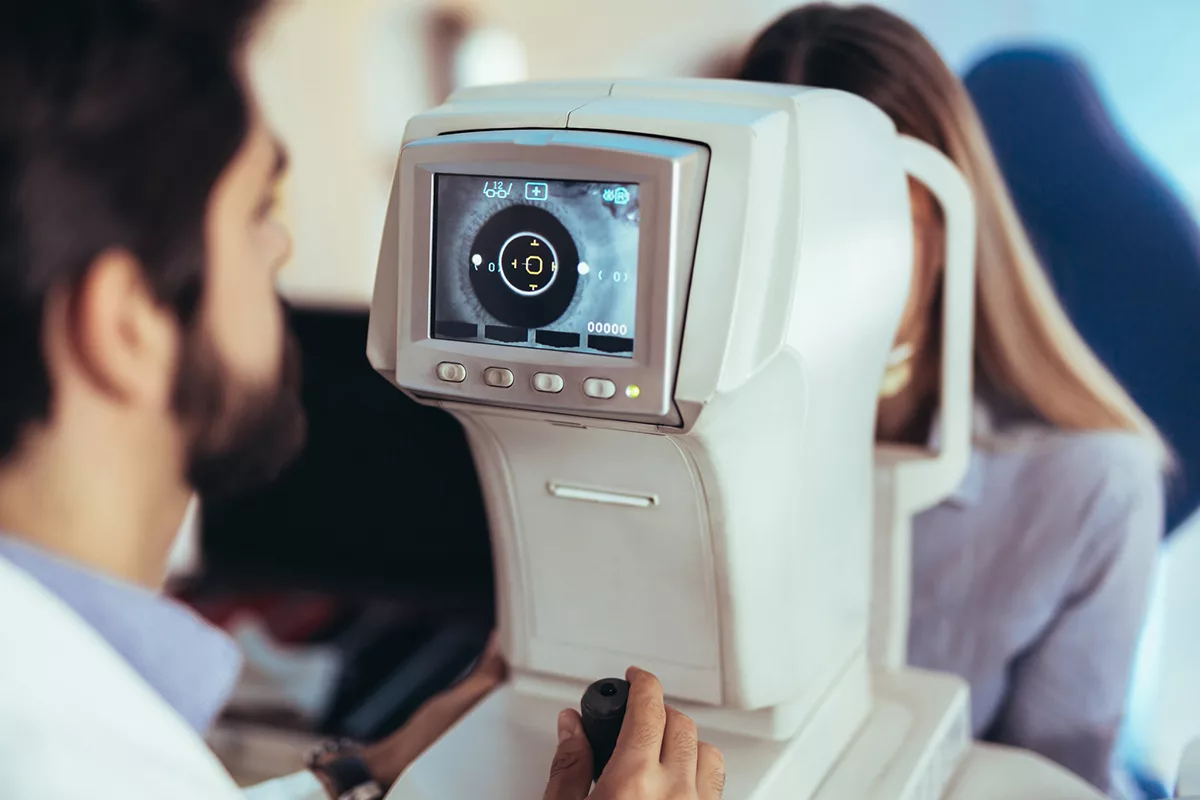
The Shape Of Things To Come
For those who think bigger is better, think again. Even though the TV screen was forever increasing till it almost filled up your living room, what most people still use are the mobile screens! Everything seems to be shrinking for the sake of convenience. So is the future bigger or smaller?
Things have changed. Of course, they were always changing but the speed at which they are changing now is unprecedented. It was the technology that was the main reason but with the pandemic, this change took a different turn. Everyone, even those who swore against online meetings, was addicted to Zoom or Google Meet or another platform. Everyone was educated about how to reach out digitally and for some time, everyone was extremely serious about sanitization. But more than that, here’s been some changes that would have probably taken a long time to happen, but due to the pandemic they happened much faster.
One of the observations is that ‘classic’ styles are back as they are safer and people are more interested into functionality. But that’s something that could be debated and it’s more on the fashion and style aspect. This issue is about equipment and instruments. What has changed in this domain? For starters, opticians are now more than willing to cater to their customers and are not limiting themselves to a visit at their store. They are, in fact, visiting their customers if needed.
Technology is shaping up a lot of these options and tele-optometry is a standard word these days. It is yet to make its mark but there’s a lot happening on that front.
Let’s get down to the basics before we look beyond. When it comes to the basics, there’s always eye testing and this is and will always be the number one reason for clients to visit optical stores.

A Refraction Test : Objective and Subjective
A refraction test also known as a vision test is done to determine exactly what prescription you need in your glasses or contact lenses. Normally, a value of 20/20 is optimum, or perfect vision. Individuals who have 20/20 vision can read letters that are 3/8 of an inch tall from 20 feet away. If you don’t have 20/20 vision, you have what is called a refractive error. The refraction test will tell your doctor or optometrist what prescription lens you should use to have 20/20 vision.
Doctor or Optometrist may use a computerised refractor for the first part of the test, known as objective refraction. In the computerised test, you look through a machine that measures the amount of light reflected by your retina. Auto Refractometer is a computerised device to measure the refractive error of the eyes. The first part of the refraction test, Objective refraction is done using Auto Refractometer. Generally, they are bulky tabletop devices weighing up to 18 Kgs making it difficult to reach out to the people.
The second part of the test known as “Subjective refraction” determines exactly what prescription you need. This test involves the Trial Kit. During this test, you’ll be seated in front of a chart of letters on a wall about 20 feet in front of you. Testing one eye at a time, you will be asked to read the smallest row of letters that you can see.
The doctor or optometrist will change out the lenses asking the patient each time which lens is clearer. When your eye doctor is finished testing one eye, they will repeat the procedure for the other eye. Finally, they will come up with the combination that comes closest to giving you 20/20 vision.
 Both parts “Objective” and “Subjective” are integral parts of the refraction test or vision test and each of them is as important as the other.
Both parts “Objective” and “Subjective” are integral parts of the refraction test or vision test and each of them is as important as the other.
Of late, there have been options in technology that have tried to make this process easier and less dependent on bulky products. If one has to do an eye test, for the objective part, it’s very difficult to move the refractometer to each patient’s house.
This is where there’s been a shift in perception and preferences. Although people have tried to do the eye-testing online, it has not met with much success. However there’s a newer technology that’s a bit disruptive which allows a hand held device to perform the refraction. One of the devices was showcased at VisionPlus Expo 2022, the Remedio Portable Auto Refractometer. The Remidio portable Auto Refractometer is a disruptive technology that uses Wavefront Aberrometry to achieve the same accuracy of a tabletop device with an ultra-light weight device weighing 400 grams only.
This technology allows the users to use the device in-shop as well as outdoors and allows them to scale up their operations without adding cost.
This could have far-reaching benefits and one has to wait and watch to see how the patient and industry adapts to this. But that’s one part of the eye testing - the objective aspect.
What about the subjective aspect? For the trial kit part, an optician has to devote real estate to create an eye testing cabin at the optical store. Can this change too? Remidio claims to be working towards a new technology for subjective refraction as well so that the need for a separate “Testing room” is eliminated. This would free up the valuable real estate space for the showroom where a greater number of spectacle frames may be displayed. This would potentially allow more business prospects.
Well, it looks like bigger is not always better. What do you think? Share your thoughts and opinions on this by emailing us at digital@fourplusmedia.com.







